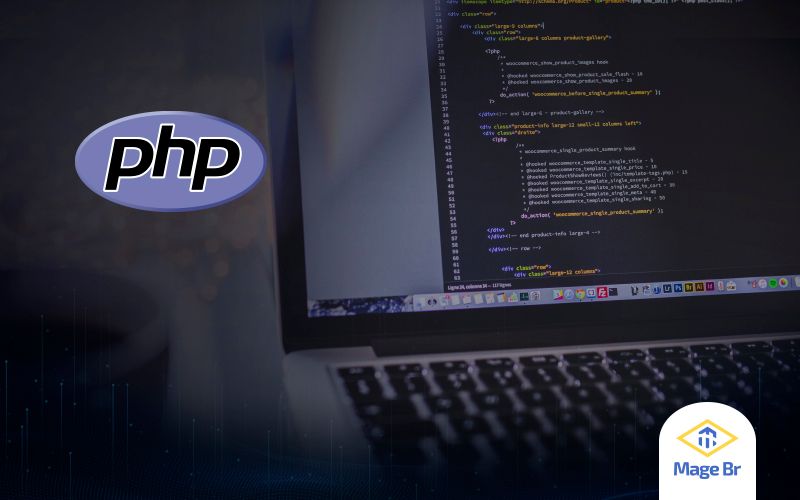

The most important setting in each pool is the TCP socket (IP and port) or unix domain socket (UDS) php-fpm will be listening on to receive fastCGI requests this is configured using the listen option. Inside this configuration file you can create an arbitrary number of fastcgi "pools" which are defined by the IP and port they listen on, just like apache virtualhosts. The defaults in this file should be okay to get you started, but be aware that your distribution may have altered it, or changed its location. This provides us with a new binary, called php-fpm, and a default configuration file called nf is installed in /etc.

Your distribution or OS will either include it in the stock PHP package, or make it available as an add-on package you can build it from source by adding -enable-fpm to your. php-fpmįrom release 5.3.3 onwards, PHP now includes the fastCGI process manager (php-fpm) in the stock source code.
#Install php fpm code
This means that we can now run secure, fast, and dependable PHP code using only the stock apache httpd and php.net releases no more messing around with suphp or suexec - or, indeed, mod_php. starting from release 5.3.3 in early 2010, PHP has merged the php-fpm fastCGI process manager into its codebase, and it is now (as of 5.4.1) quite stable.With the release of apache httpd 2.4 upon an unsuspecting populace, we have gained some very neat functionality regarding apache and php: the ability to run PHP as a fastCGI process server, and address that fastCGI server directly from within apache, via a dedicated proxy module (mod_proxy_fcgi.) This leads me to believe that other settings are much more important when preparing your server for high traffic.High-performance PHP on apache httpd 2.4.x using mod_proxy_fcgi and php-fpm. It was only slightly (5%) faster when compared to the default settings with pm: ondemand. I chose a page with very few database interactions to make sure that MySql bottlenecks don't ruin my tests, but unfortunately I had no way of eliminating Apache from the equation.īelow is the best possible result I got. I went ahead and started fiddling with the settings for PHP and ran tests using loader.io.

What kind of results to expectīefore writing this article I took the time to experiment on my own server, a cheap VM with 4GB of RAM and 4vCPUs + SSD. If you run a server with multiple accounts, but some are more "important" than others, you should set pm: dynamic and find a balance between the minimum/maximum spare servers you keep idle in the background for the "important" account and the resources/memory you leave "available" for the other domains hosted on the server.īe very careful when setting up these values because you can easily end up shooting yourself in the foot :). When pm is static the pm_max_children directive basically says how many concurrent requests your server can handle at one time. If you run a single high traffic website, you should enable pm: static and set the pm_max_children as high as it can go without overwhelming the server. The reason why this is better is because the system will start processes as they are needed so on a "crowded" shared hosting environment it is better to not use up precious memory for websites/pools that receive very few visitors. If you run a server with lots of accounts the default fpm setting in WHM ( pm: ondemand) is the best for you. Once modified, to rebuild the FPM configuration for only one domain just run: /scripts/php_fpm_config -rebuild -domain=. To make sure settings for one domain will be persistent and will not affect other domains running on the same server you'll need to edit the domain specific configuration file: /var/cpanel/userdata//.php-fpm.yaml. Php_admin_value_upload_max_filesize: Įasy Apache 4 also allows per-domain configuration for PHP-FPM.
#Install php fpm full
yaml fill you will need to rebuild the configuration by running /usr/local/cpanel/scripts/php_fpm_config -rebuild.īelow there's an example configuration file but the full list of variables and possible directives is here. With PHP-FPM enabled, in case you want to change global configuration variables, log in via ssh and put your configuration settings in this file: vim /var/cpanel/ApachePHPFPM/system_pool_defaults.yaml. Setting it up is very easy in recent versions of WHM - All you need to do is navigate to MultiPHP Manager, select the default system-wide PHP version and then hit Convert All Accounts to PHP-FPM. Once you have your desired PHP version installed you should switch to PHP-FPM.


 0 kommentar(er)
0 kommentar(er)
